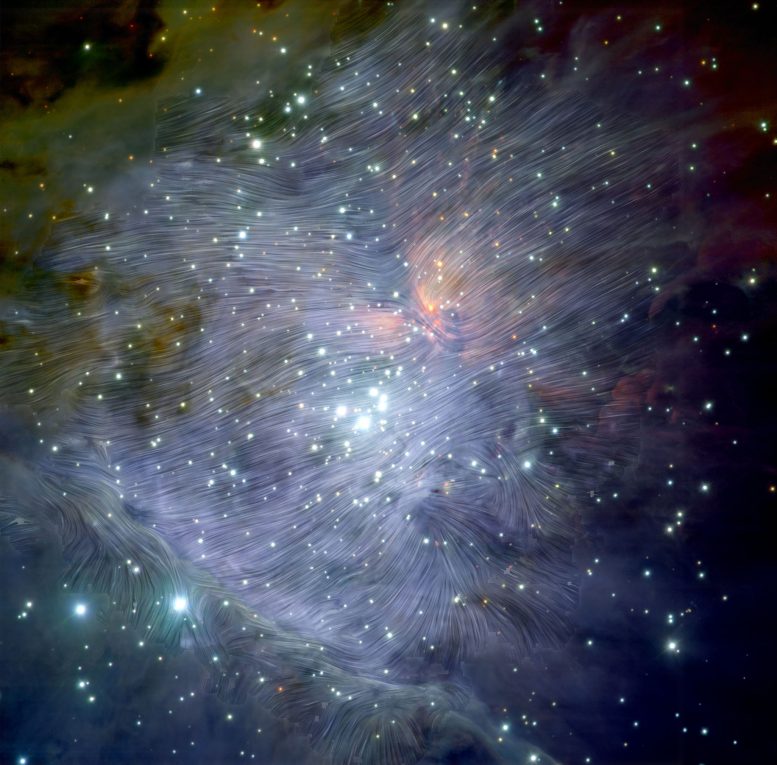
Magnetic fields in the Orion Nebula, shown as stream lines over an infrared image taken by the Very Large Telescope in Chile, are regulating the formation of new stars. SOFIA’s HAWC+ instrument is sensitive to the alignment of dust grains, which line up along magnetic fields, letting researchers infer the direction and strength. Credit: NASA/SOFIA/D. Chuss et al. and European Southern Observatory/M.McCaughrean et al.
A compilation of scientific results from The Stratospheric Observatory for Infrared Astronomy, SOFIA, reveals new clues to how stars form and galaxies evolve, and are closer to understanding the environment of Europa and its subsurface ocean. The airborne observatory carries a suite of instruments, each sensitive to different properties of infrared light, that gives astronomers insights into the flow of matter in galaxies.
“Much of the light in the universe is emitted as infrared light that does not reach Earth’s surface,” said Bill Reach, chief science advisor at the University Space Research Association’s SOFIA Science Center. “Infrared observations from SOFIA, which flies above most of the atmosphere, let us study what’s happening deep inside cosmic clouds, analyze celestial magnetic fields and investigate the chemical universe in ways that are not possible with visible light.”
Unlike space-based telescopes, SOFIA’s instruments can be exchanged, serviced, or upgraded to harness new technologies. Its newest instrument called the High-resolution Airborne Wideband Camera-Plus, or HAWC+, enables studies of celestial magnetic fields with ground-breaking precision.
“How magnetic fields affect the process of star formation has not been well understood, though it has long been suspected that they play an important role,” said David Chuss, professor of physics at Villanova University in Pennsylvania. “With SOFIA’s HAWC+ instrument, we can now begin to understand how these fields influence the dynamics of regions where gas and dust are collapsing to produce new stars.”
Some observations highlighted in the Astrophysical Journal “Focus on Results from SOFIA” include:
- The magnetic fields in the Orion Nebula are preventing star-forming clouds from collapsing under gravity, thereby regulating the formation of new stars. This can help better explain the number of stars in our galaxy and those that may form in the future. If magnetic fields inhibit the gravitational collapse of celestial clouds in other regions of the galaxy, the number of new stars may be lower than current models predict.
- Magnetic fields are trapping material, keeping it close enough to be fed into the black hole in the Cygnus A Galaxy. These findings may mean that magnetic fields regulate black hole activity and explain why some are actively gobbling up material from their surroundings, while others, like the one in our own Milky Way Galaxy, are not.
- A map of the entire grand-design spiral galaxy M51 (also known as the Whirlpool Galaxy), including its small companion galaxy, reveals that the companion is not forming new stars at the same rate as the its larger neighbor. Understanding how stars are born in different celestial environments is key to learning how star birth evolved from the early universe to the present day.
- The region called Sagittarius B1 — near the black hole at the center of our Milky Way Galaxy — must be part of a large, young star-formation complex, but the stars were formed elsewhere and are remnants of a previous generation of star formation, which includes the Arches cluster. Observations like these are helping researchers develop a template to understand distant galaxies, which are often too far away for even the most powerful telescopes to see clearly, and ultimately learn how the universe works.
- Water plumes that may be erupting from Jupiter’s moon Europa, suggested by data from NASA’s Galileo and Hubble spacecraft, contain, at most, the amount of water in an Olympic-sized swimming pool. SOFIA’s observations in 2017 did not directly detect the plume but established an upper limit on how much water could be in the plumes. This upper limit is crucial to ongoing studies that will analyze the contents of the plumes and investigate their origins, which will help reveal if Europa has the ingredients to support life.
SOFIA is a Boeing 747SP jetliner modified to carry a 106-inch diameter telescope. It is a joint project of NASA and the German Aerospace Center, DLR. NASA’s Ames Research Center in California’s Silicon Valley manages the SOFIA program, science and mission operations in cooperation with the Universities Space Research Association headquartered in Columbia, Maryland, and the German SOFIA Institute (DSI) at the University of Stuttgart. The aircraft is maintained and operated from NASA’s Armstrong Flight Research Center Hangar 703, in Palmdale, California.

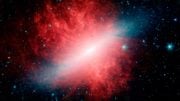
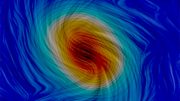


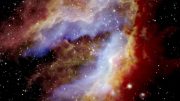
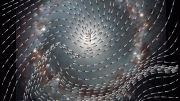
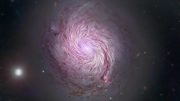
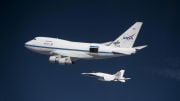
So they did build Tom Swift’s flying lab!good use of money.the low amount of water in those plumes explains how that moon avoids emptying itself out over the ages.or is it supposed to be rather a new phenomenon?